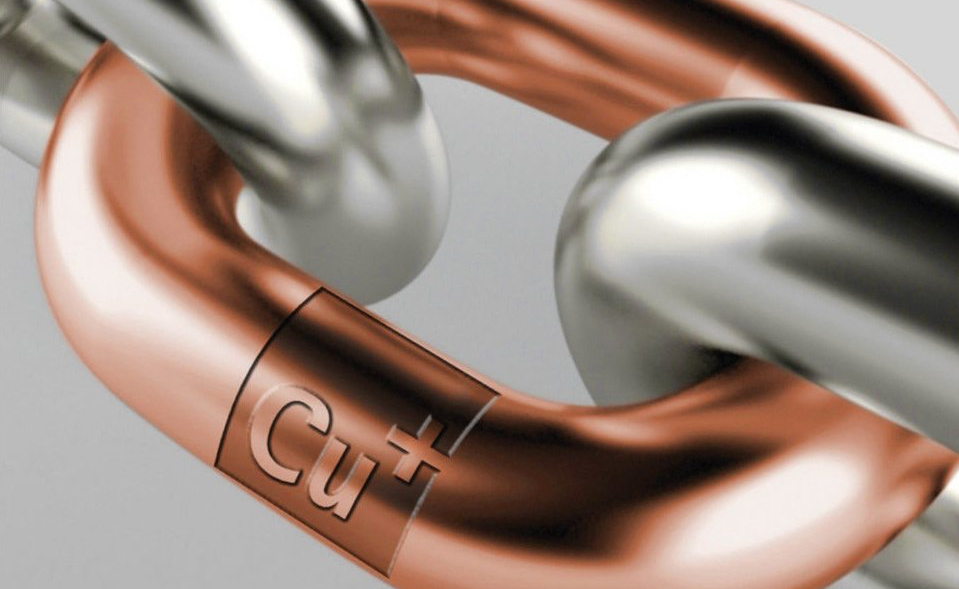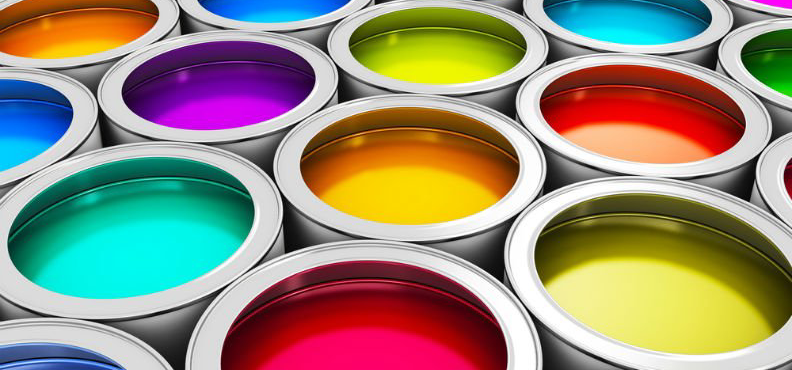A Whole New World - Post Covid
"Societally Safe" Design

Image resource : Albert Mufarrij
Whether we notice or not ‘super materials’ already exist and surround us every day.
Whilst there has been many material advancements in antibacterial, antiviral and ultra-hygienic materials/coatings , they have been previously limited in their usage and are often niche or gimmicky. Corona flipped the script where now a majority marketing campaigns revolve around, health, hygiene, wellness and germs and how their brands can solve all your Corona woes.
What many people don’t know is that material advancements and design innovations are already present in places that are high risk environments such as hospitals.
A majority of antibacterial/viral innovations have been in the field of architecture where we probably walk and surround ourselves every day with but have no idea they are creating an invisible protective bubble around us.
Image resource : www.bocadolobo.com
Advancements in self-cleaning ceramics such as Krion® solid surface and Ceramica 2.0 ceramics have high compositions of antibacterial minerals that destroys surface viruses and bacteria (self-cleaning). Designer often use these types of materials for counter tops and toilet surfaces.
Tiles already use natural light or LED to activate photocatalytic properties of silver to germs in high trafficking areas.
Images resource : Eduardo Mace
Major brands such as Nippon has dominated their category by introducing anti-microbial and antiviral paints for home interiors where consumers feel protected from outside germs. This innovation has never been so relevant in time than now. Home has now taken on a new role of not only being a personal space but also a working and educational space, a clean and hygienic house is crucial for one top feel safe and protected. nWe have even seen paints that neutralise the air.
Image Resource : www.biocote.com
Most synthetic advancements of anti-viral and anti-bacterial comes in the form of additives, nanotechnologies and coatings of plastics and silicon. In search of truly effective materials that eliminate germs and virus’s we need look no further than past cultures and nature .
The world most efficient materials in combating bacteria and viruses can be found in cork which has a 97% effectiveness in eliminating virus’s. There are few metallic ores and alloys that surpass cork and achieve even great efficacy. Copper, found traditionally in Ayurvedic therapies, have a 99.8% efficacy rate at eliminating bacteria and viruses (usually under 4 hours) indefinitely making it a sustainable yet superior material in design. Silver and colloidal silver is another metal used in the fight against corona and we already see the use of this in the personal care category.
Many consumer products may have used antibacterial materials however this didn't use to be the reason for purchase, yet now it has become the product USP. For Example the new startup Aeris, produces antibacterial phone cases that is tailored to the hygiene conscious and 'coronaphobic' consumer. They use a simple copper infused coated that creates and invisible hygiene shield around the phone.
With many complex layers of dealing with the pandemic, design innovation in this new space needs to be pushed. Designers from all fields have an opportunity rethink the materials, consumer experience and how consumers interact with products to create a new movement than balances aesthetics, health and sustainability.
It is with no doubt that more hygienic considered products and packaging will saturate a new market and become the new base standard for what consumers seek.
Image resource : Concept by Simon Man - WKD Studios
A perfect written piece by Albert Mufarrij called; Coronavirus could mark the beginning of ‘societally safe’ product design:
“I want to be bold and call out the term “societal safety,” as this needs elevating. Businesses should think of this as a new purpose principle, integrating societal-safety considerations into their product design processes, at an early stage, especially where the end products are intended to physically fit within and touch our daily lives.
Products designed to be touched frequently (I spend about five hours a day on my iPhone, for example) should be front of the queue for this kind of design rethinking. We must now seriously think of a new way of classifying products designed for “sensitive” interactions, where one’s face, ears, and mouths are a usage point, if not the primary usage point."
When planning their post-Covid-19 strategies, businesses and brands should seize this moment to invest in bold product development initiatives that satisfy these imminently emergent consumer and user demands.
The immediate call to action here is to urge designers and engineers to focus on the development of next-generation materials and innovative hygienic layers that can combat the transmission of Covid-19 today, but also to anticipate the emergence of other viruses tomorrow.”
Resouces:
Albert Mufarrij-
https://venturebeat.com/2020/04/14/coronavirus-could-mark-the-beginning-of-societally-safe-product-design/
The Hohenstein Institute-
https://www.textileworld.com/textile-world/textile-news/2014/01/scientists-prove-benefit-of-textiles-with-antiviral-and-antibacterial-effect/
Steritouch-
https://www.steritouch.com/antimicrobial-products/antimicrobial-additives-for-silicone/
ISABELLA PRISCO
https://www.elledecor.com/it/best-of/a31214046/self-cleaning-materials-interior/










